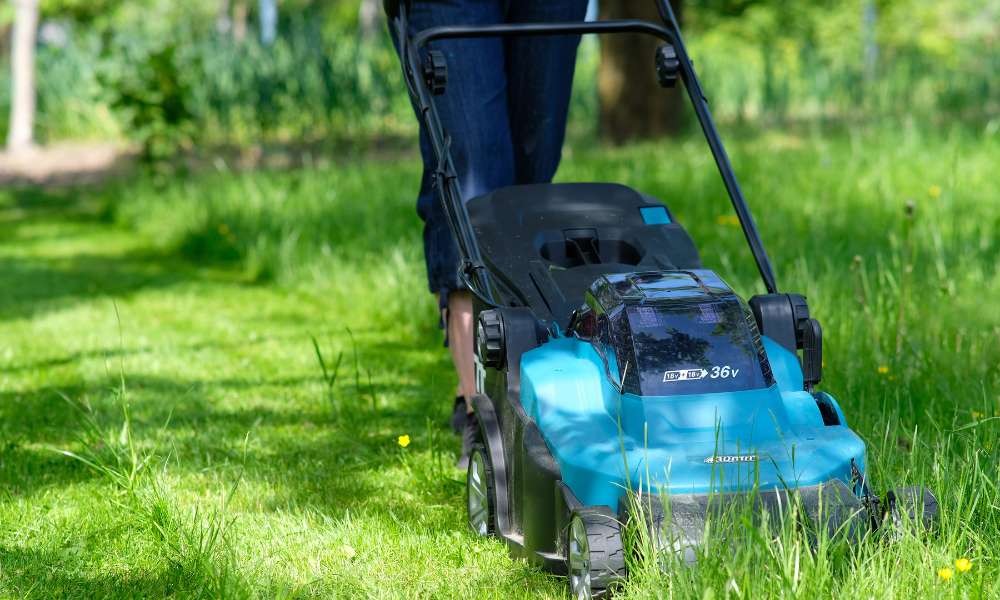Creating a low-maintenance lawn is a highly sought-after goal for many homeowners, offering an appealing blend of aesthetic charm and practicality. This approach to lawn care emphasizes minimal upkeep, allowing you to enjoy a beautiful outdoor space without the constant demands of watering, mowing, and fertilizing. Embracing low-maintenance lawn ideas not only saves time and resources but also supports a more sustainable and eco-friendly gardening practice. The key to achieving this lies in selecting the right types of grasses and ground cover, implementing efficient irrigation systems, and understanding the soil’s needs. By focusing on these essential aspects, you can cultivate a resilient and self-sustaining lawn that thrives with minimal intervention.
What Are Some Lower Maintenance Grass Options For My Lawn?
Zoysia grass, for example, is a warm-season grass that forms a dense turf and requires less mowing compared to other varieties. Buffalo grass is another excellent option as it is native to North America and can withstand hot and dry conditions. Fescue grass is a cool-season variety that is known for its shade tolerance and ability to grow in a wide range of soil types. By selecting one of these lower maintenance grass options, you can enjoy a lush and healthy land with minimal effort.
How Can I Reduce The Amount Of Watering Needed For My Lawn?
Reducing the amount of watering needed for your lawn can be achieved through various strategies that promote water efficiency and conservation. One effective method is to adjust your irrigation schedule based on weather conditions, such as reducing watering frequency during periods of rainfall or cooler temperatures. Additionally, implementing a drip irrigation system or installing a smart irrigation controller can help deliver water directly to the roots of the grass, minimizing water waste.
Are There Any Alternatives To Traditional Grass That Require Less Maintenance?
Yes, there are several alternatives to traditional grass that require less maintenance. One popular option is artificial turf, which provides a lush green appearance without the need for watering, mowing, or fertilizing. Artificial turf is durable and can withstand heavy foot traffic, making it a low-maintenance choice for lawns and landscaping.
Selection Of Edible Plants For Lawns
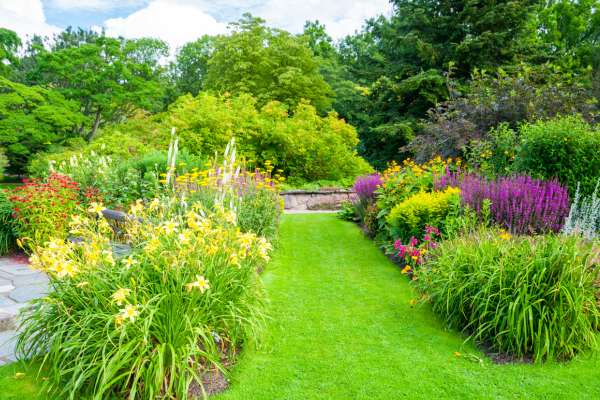
Incorporating edible plants into your lawn is not just a step towards sustainability; it’s a practical approach to beautify your outdoor space while reaping the benefits of home-grown produce. Edible ground covers, such as creeping thyme or chamomile, are excellent lower maintenance lawn options that require minimal care and provide aromatic and culinary rewards. These plants often require less water than traditional grasses and can thrive in a variety of soil types, reducing the need for chemical fertilizers. By selecting the right edible plants, homeowners can create a land that feeds both the soul and the body, making it a cornerstone of low maintenance gardening.
Benefits Of Perennial Flower Beds
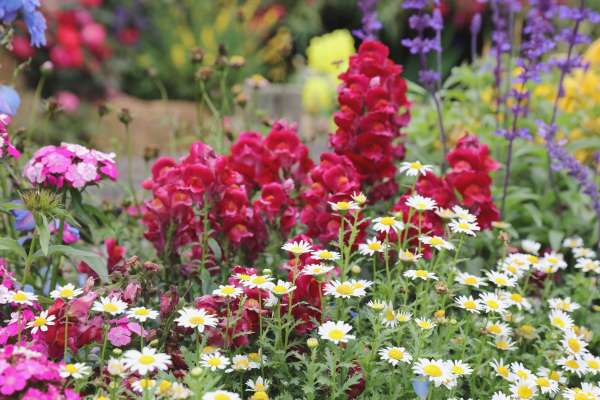
Perennial flower beds are a cornerstone of low maintenance lawn ideas, offering a burst of color with minimal upkeep. Unlike annual plants that need to be replanted each year, perennials return season after season, creating a sustainable landscape that evolves over time. By carefully selecting perennials that are well-suited to your local climate and soil conditions, you can establish a flower bed that requires minimal intervention, save for occasional pruning and mulching. This not only enhances the biodiversity of your garden but also attracts pollinators, contributing to the health of your local ecosystem.
Smart Sprinkler Systems
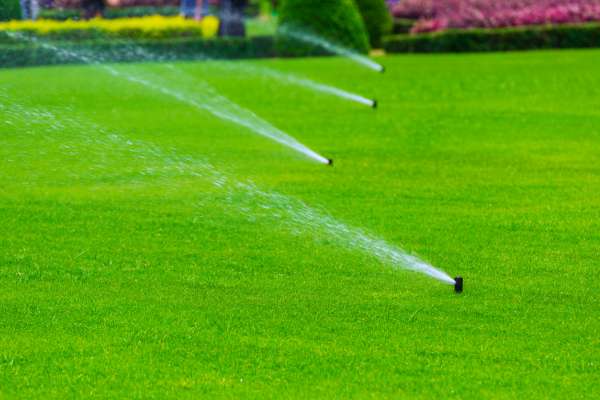
A smart sprinkler system represents a significant advancement in low maintenance land care, utilizing technology to optimize water usage and reduce waste. These systems can adjust watering schedules based on real-time weather data and soil moisture levels, ensuring your lawn receives exactly the amount of water it needs. This precision not only conserves water but also prevents the over or under-watering of your lawn, promoting healthier plant growth with less effort. Investing in a smart sprinkler system is a smart choice for anyone looking to maintain a beautiful lawn with minimal environmental impact.
Hardscaping With Landscaping
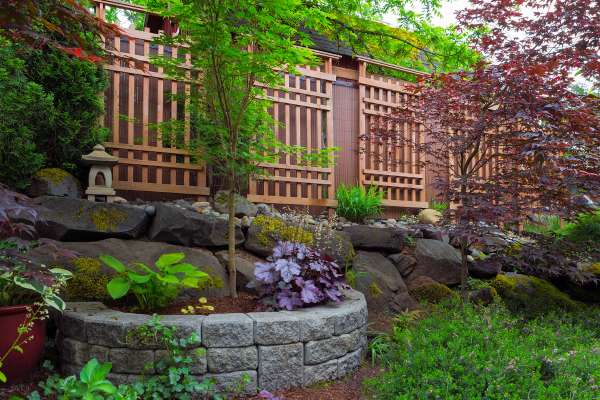
By effectively combining hardscaping features with meticulous landscaping techniques like reseeding your lawn, you can elevate the visual appeal of your outdoor space while maintaining its functionality and ecological balance. Careful planning and attention to detail are key when implementing these elements together, resulting in a cohesive and dynamic outdoor environment that enhances the beauty of your property.
Fertilization Practices
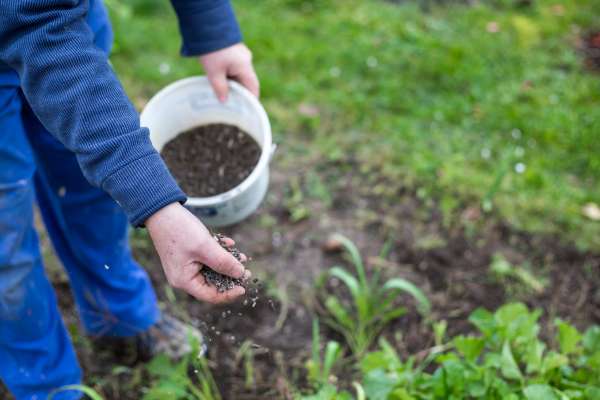
1. Slow-Release Fertilizers
Slow-release fertilizers are a cornerstone of low-maintenance lawn care. These fertilizers break down and release nutrients gradually, providing a steady supply of nourishment to the lawn over extended periods. This slow and steady release prevents the rapid growth spurts that require frequent mowing and reduces the risk of nutrient runoff, which can harm the environment. Moreover, because nutrients are released over time, the lawn’s root system has a better chance to absorb them, leading to deeper root growth and a more drought-resistant lawn. By utilizing slow-release fertilizers, homeowners can significantly reduce the frequency of their lawn care tasks while ensuring their lawn remains lush and vibrant.
2. Organic Fertilizers
Organic fertilizers offer another avenue for cultivating a low-maintenance land. Derived from natural sources such as plant, animal, or mineral remains, organic fertilizers improve soil health by enhancing its microbial activity. This not only ensures that the lawn is receiving essential nutrients but also improves soil structure and water retention, further reducing the need for watering. Organic fertilizers release nutrients as they decompose, providing a slow, natural fertilization process that supports steady growth and reduces the likelihood of over-fertilization and its associated problems. Embracing organic fertilizers not only contributes to a low-maintenance land but also supports a more sustainable and eco-friendly gardening practice, aligning with the desires of environmentally conscious homeowners.
Design Principles For Rock Gardens
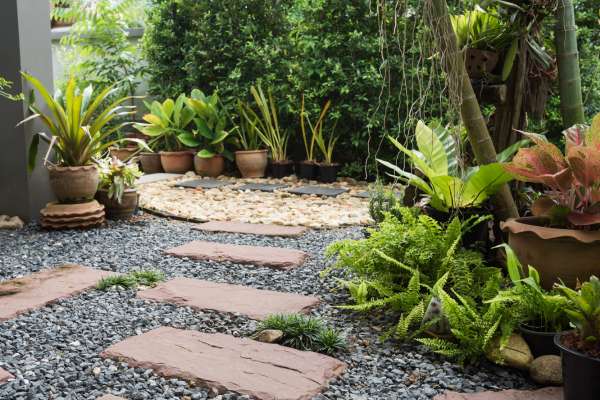
Rock gardens exemplify low maintenance by requiring minimal watering, resisting common pests, and thriving in poor soil conditions where traditional lawns may struggle. To achieve a visually striking rock garden that requires little upkeep, focus on incorporating native plants that naturally adapt to your local climate. Rocks and stones not only add texture and contrast but also retain heat, aiding in the growth of many drought-tolerant plants. By designing with variety in size, color, and shape, your rock garden can become a focal point of your outdoor space, embodying the essence of low maintenance lawn ideas.
Fire-Resistant Plant Options
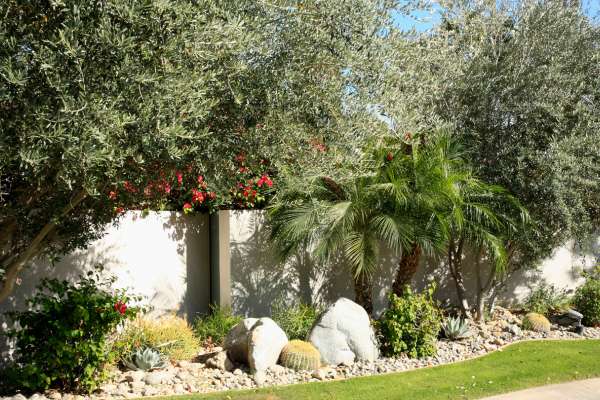
In areas prone to wildfires, incorporating fire-resistant plants into your lawn design is not only a smart choice but a necessary measure for safety. Succulents, with their high moisture content, along with deciduous trees and shrubs that retain water in their leaves, are excellent options that reduce your lawn’s vulnerability to fire. These plants not only offer peace of mind but also add diversity and resilience to your garden, ensuring it remains lush and inviting with minimal maintenance requirements.
Seasonal Lawn Care Tips
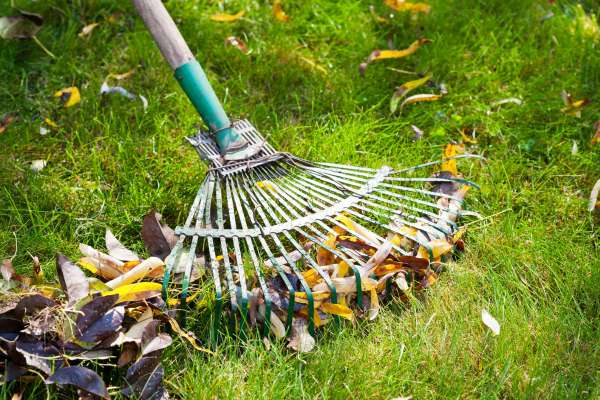
1. Spring Maintenance
Spring heralds a time of renewal and regrowth, making it a critical period for implementing low-maintenance lawn care practices. Begin with a gentle cleanup, removing debris and thatch to allow sunlight and air to reach the soil, encouraging healthy grass growth. Apply a slow-release, organic fertilizer to nourish the lawn throughout the season, focusing on products that support soil health and reduce the need for frequent applications. Overseeding with drought-resistant and disease-resistant grass varieties can reduce the lawn’s overall maintenance needs by fostering a robust, self-repairing turf.
2. Summer Survival Strategies
Summer brings challenges such as heat stress and water scarcity, testing the resilience of your low-maintenance lawn. Prioritize deep, infrequent watering to encourage deep root growth, which enhances the lawn’s drought tolerance. Opt for early morning irrigation to minimize evaporation and reduce the risk of fungal diseases. Mowing practices also play a vital role in summer lawn care; keeping the grass slightly longer can protect the soil from intense sunlight, preserving moisture and preventing weed invasion. Choosing a mulching mower can further reduce maintenance by recycling grass clippings as natural fertilizer.
3. Fall Preparation
Fall is the season to prepare your land for the cold months ahead while reinforcing its low-maintenance nature. Aeration is a key practice, relieving soil compaction and facilitating the penetration of water, nutrients, and oxygen. Following aeration with overseeding can enhance the lawn’s density and resilience. Applying an organic, slow-release fertilizer tailored for fall use supports root growth and stores essential nutrients for the spring awakening. Additionally, removing fallen leaves and debris is crucial to prevent mold and disease, although mulching leaves in place can provide valuable organic matter for the soil.
4. Winter Dormancy
Winter is a time of rest for your lawn, but proper preparation can ensure it emerges healthy and strong in the spring. Minimize foot traffic on the dormant grass to prevent damage and compaction. If your climate permits, a late fall application of fertilizer can support root development even as the grass stops growing. Ensuring the lawn is clean and debris-free before the first snowfall can prevent disease and pest issues. The key to winter care lies in the preparation done in the preceding months, exemplifying the low-maintenance philosophy by reducing the need for intervention during the land’s dormant phase.
Overview Of No-Mow Grass Varieties
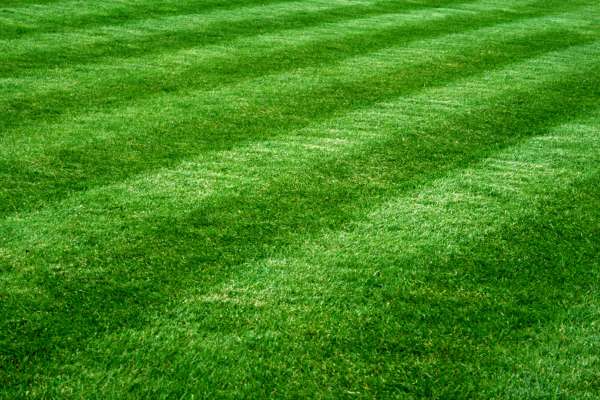
No-mow grass varieties are a cornerstone of low maintenance lawn ideas, offering an attractive, verdant ground cover without the constant need for mowing. These grasses, including fine fescue, buffalo grass, and zoysia, are selected for their slow growth habits and drought tolerance, creating a lawn that stays green with less water and fewer cuts. By choosing a no-mow variety suited to your climate, you can enjoy a lawn that is both eco-friendly and effortlessly beautiful.
Planning Plant Placement For Optimal Growth

Strategic plant placement is vital for minimizing lawn maintenance. By understanding the specific needs of your plants in terms of light, water, and soil type, you can position them in a way that maximizes their growth potential with minimal intervention. Grouping plants with similar needs together not only creates a cohesive aesthetic but also simplifies watering and care routines. This approach, known as “hydrozoning,” ensures that each plant receives exactly what it needs to thrive, further reducing the need for frequent maintenance.
The Final Thought
Low maintenance lawn ideas offer a practical solution for homeowners looking to reduce the time and effort required to maintain their outdoor spaces. By implementing strategies such as choosing drought-resistant plants, incorporating mulch, and minimizing grass areas, individuals can create a beautiful and sustainable landscape with minimal upkeep. These simple adjustments not only save on water usage and labor but also contribute to a more eco-friendly and cost-effective gardening approach. Embracing low maintenance lawn ideas can transform your yard into a low-stress oasis that enhances curb appeal and promotes relaxation. Take the first step towards a hassle-free lawn by exploring these easy-to-implement suggestions today.
